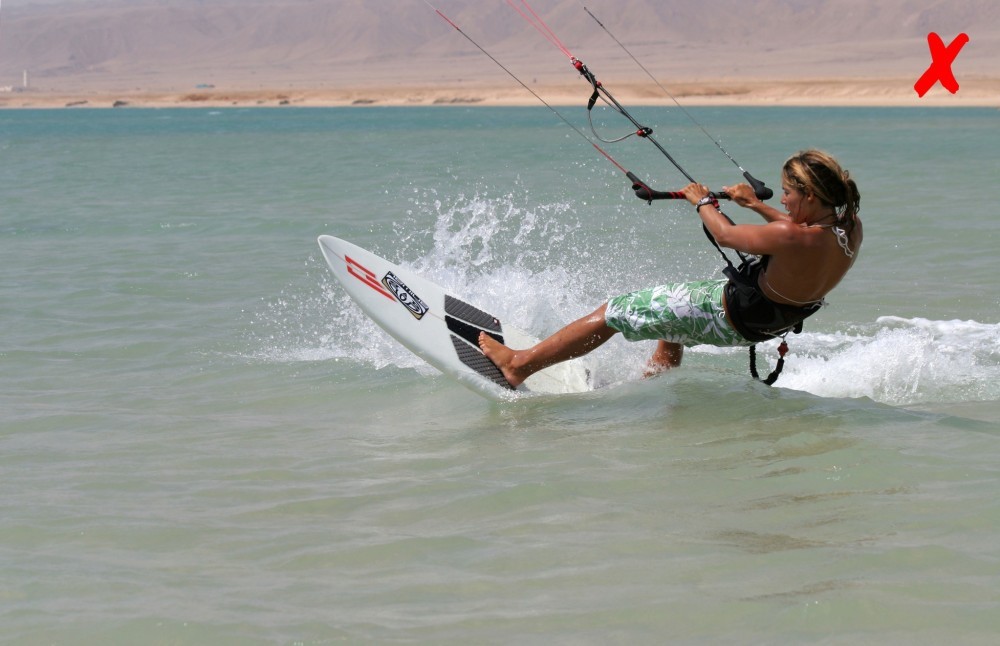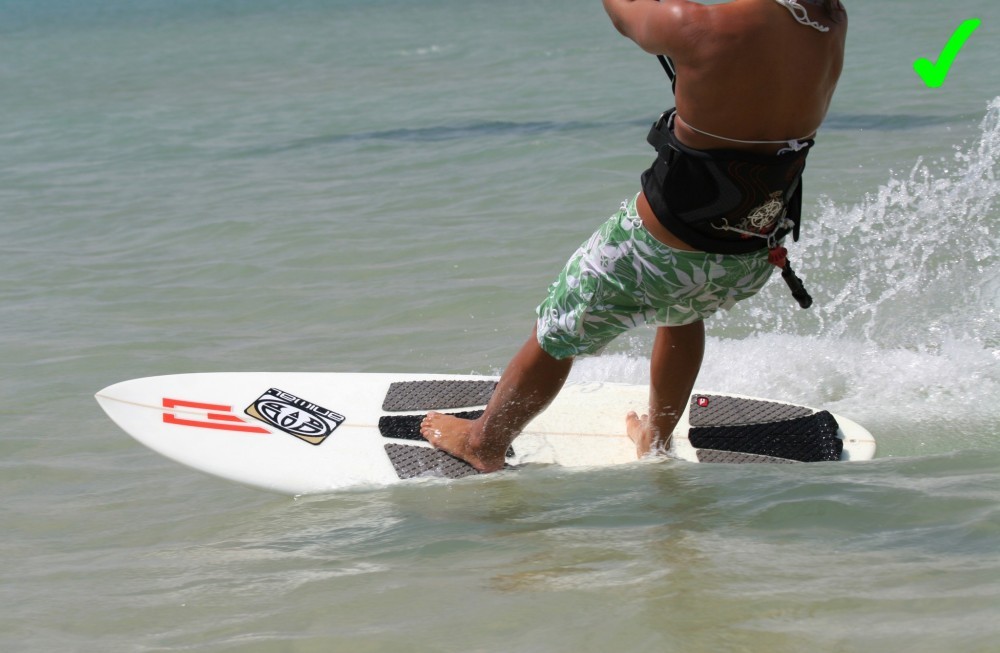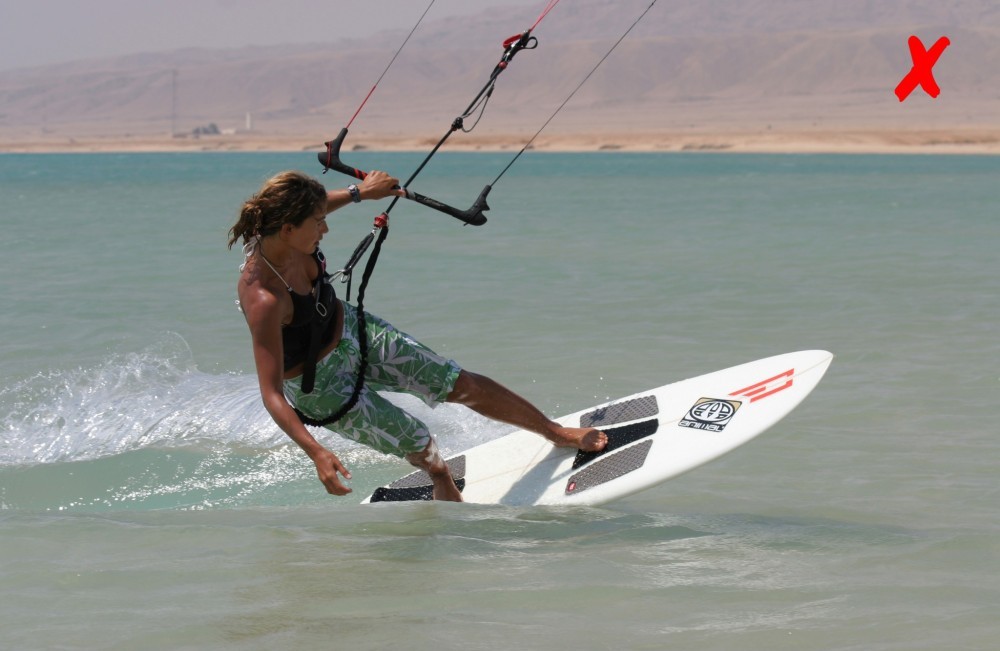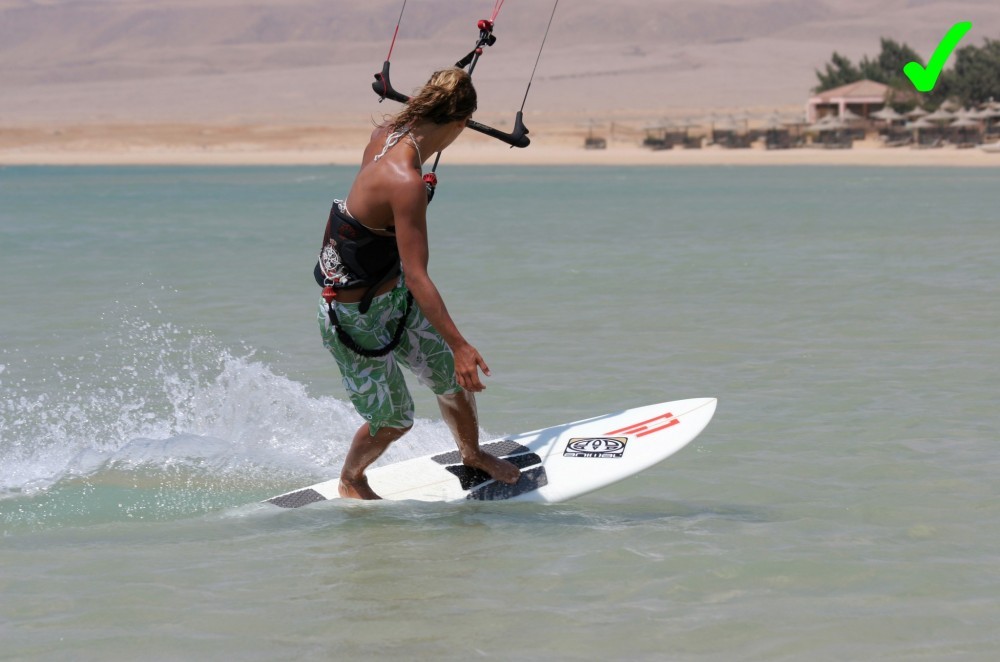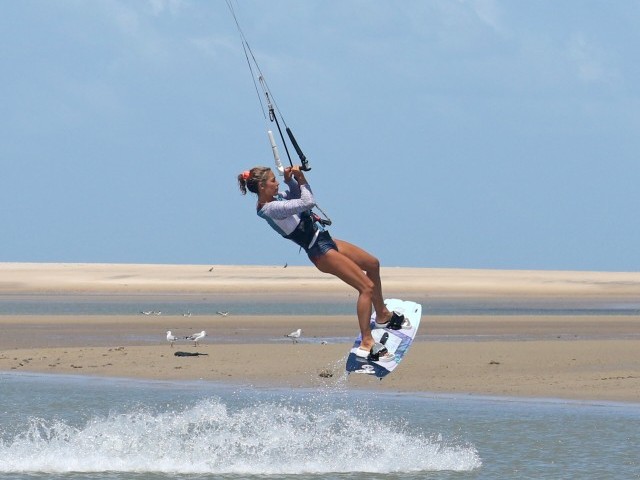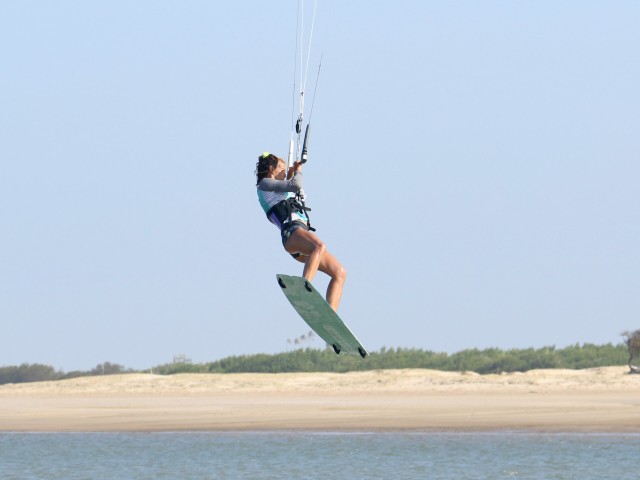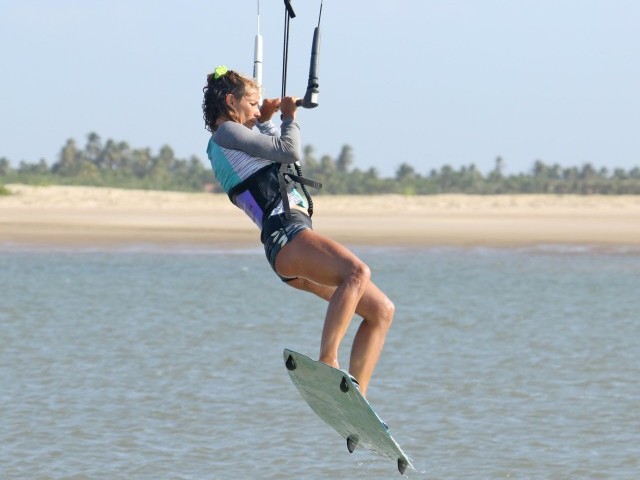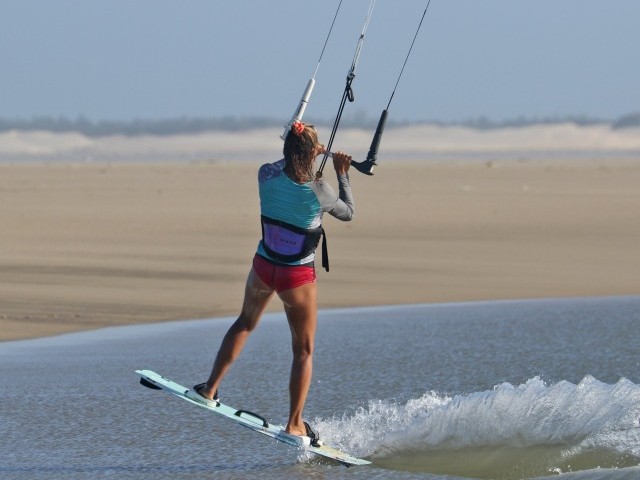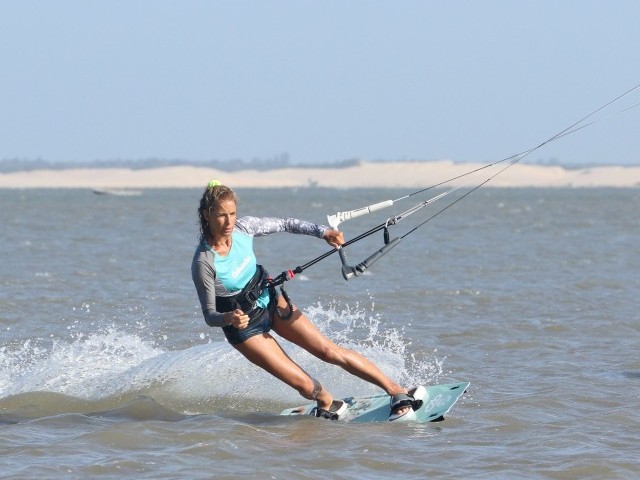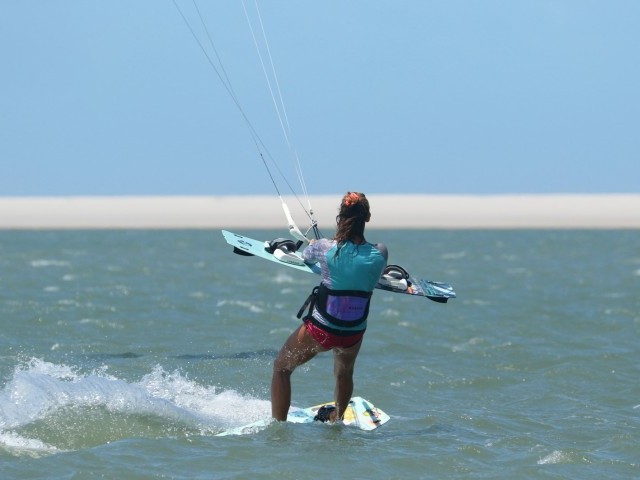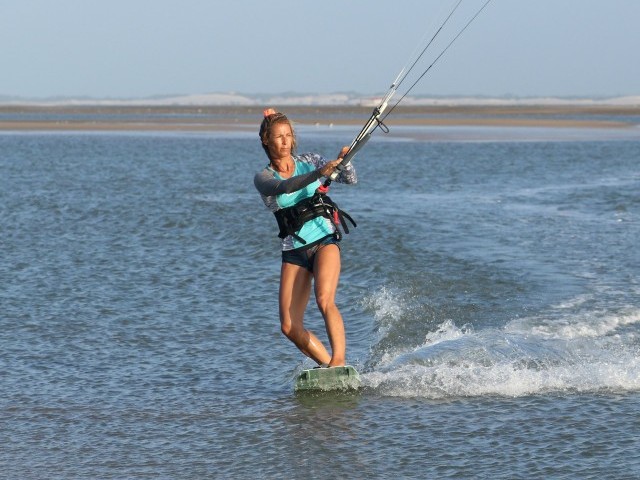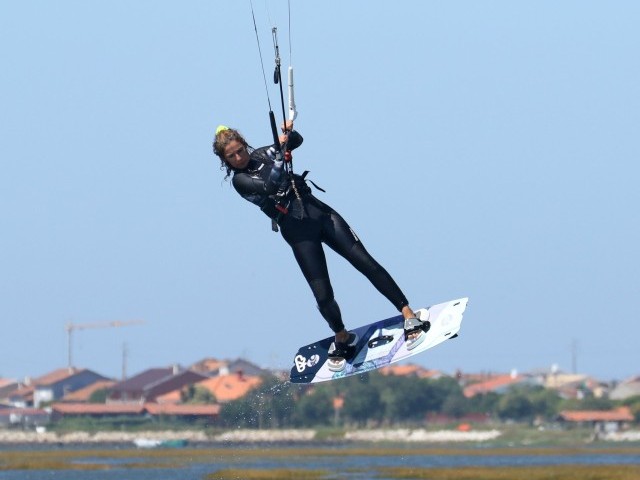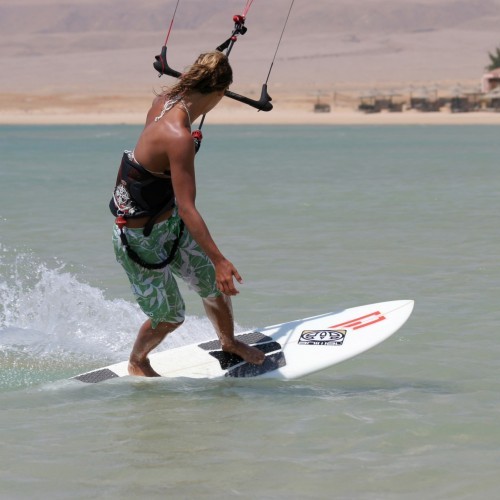
Strapless Riding
Technique / Beginner
Introduction
We’re going to keep this one relatively brief, as it is not rocket science, or rather it doesn’t have to be, apologies Mr Bernoulli. However pretty much everyone who stands on a surfboard for the first time, having been riding twin tips makes the same basic mistakes. To understand how a board works and how this effects the way you ride it should make it possible for you to work out what’s going on when you’re out on the water. As a little bit of understanding can make a huge difference. So for once you won’t have to read through pages of info as we’ll keep it down to the bear necessities, but rather look at a couple of pictures, watch some video and read a few paragraphs. Brilliant.
Board Trim
What we’ll look at is the trimming of your board, which is a nautical way of describing weight distribution. On your board you’ll need to concentrate on the nose to tail trim (fore and aft) and also on the rail-to-rail trim (sideways).
The easiest way to think of nose to tail trim is to imagine your board as a sea saw, or even an Indo Board. If you balance the board so that it is horizontal you have it trimmed flat, if you weight the back foot heavily the nose will rise, and if you weight the front foot heavily the nose pushes down.
In simplistic terms a board trimmed flat will offer the least resistance in the water, and the efficiency will allow it to get going quicker and ride more controllably.
Equally if the board is trimmed with lots of weight at the back, it is displacing a lot of water and creating a lot of drag. Therefore it will feel sluggish, slow to get going and feel directionally unstable.
Finally if you have a lot of weight forward, the nose of the board is pushing down into the water and once again creating a lot of drag, slowing you down and making the board seem heavy.
As we said this is a very simplistic view as visually it can be difficult to see. There are many factors which effect trim, but none more so that board design. Many kite specific surfboards are designed with a large flat area under the board which enables them to get planning easily, and which is easy to find for the rider. However many surfboards are more banana shaped to get the most out of a wave, and therefore have no or a much smaller flat section to ride, and therefore can be far more challenging to ride.
As far as sideways trim is concerned, have a look under your board. You’ve got some heavy finage there compared to your twin tip. If you come from a windsurfing background it won’t look like much, but to the average kiter there’s plenty of surface area down there. These fins create a lot of lift once water is passing over them, which means that to ride your surfboard you should try and use the fins as much as possible and not try to edge like a lunatic on a twin tip. In simple terms as long as your weight is biased towards the upwind side that’s enough edge. Instead of really digging in, try pushing against the fins, by pushing down on the whole of your back foot, rather than stamping on your heels heel. This way you can drive off the fins, whilst keeping the board flattish, which means that you can use the volume/buoyancy of the board.
If you need some motivation to learn to ride your board flattish on both planes, then let us tell you that once you’ve got your weight on the board, and your driving down through your feet, you’ll find it much easier to get air, pop and enjoy the huge world of strapless riding.
How It Looks
Now that you understand the basic idea lets have a look at riding, both heel side and toe side, and see how we can trim the board.
Pic A. shows Karine in classic surfboard error mode. She is leaning back against the kite and really pushing the board between her and the kite. To do this she has adopted her twin tip stance, with her weight back over her rear foot and the heel driving onto the upwind rail to edge the board. The end result is that the board is rearing up, pushing against the water. Like this the board will feel very slow, and it will actually weave from side to side in a kind of nose wobble as it pivots on its tail. Not a great look, the kite will feel heavy too as it won’t be able to lighten up with speed.
Pic B. shows the ideal cruising stance. Karine’s front foot is in the same place on the board as in the previous picture, but she has moved her back foot up, so that her feet are just wider than shoulder width apart. This is the most comfortable way to trim the board. If you have your feet far apart in a very wide stance you get glued into one position and it is very difficult to move your hips and therefore your weight forward or back. In this position Karine can rock her hips a couple of inches towards the nose or the tail with no effort. Her back foot also straddles the centre line of the board, which stops her edging for France and encourages her to drive through the entire foot.
Once you are comfortable riding like this you can experiment with moving your feet about. Try moving the back foot up even closer, as this will help in learning to change your feet before and after turning. Also try moving your back foot closer to the tail, as you’ll need this for jumping and popping. To do this you’ll need to bend the knees more and lean your shoulders towards the nose.
Pic C. shows Karine making a hash of her toe side, which admittedly is potentially more difficult on a surfboard. On a twin tip many of us do lean heavily onto our back foot to stop the kite pulling us off down wind when we’re riding toe side. On a surfboard we’ll be punished for this. The end result is the same as it was on our heels. The board will be slow and the nose will wobble, whilst the kite will feel heavy. The difference with toe side is that you are more likely to loose all your speed and stop because you probably won’t be working the kite as efficiently.
Pic D. shows Karine in a far better toe side. The root of the difference here is her front foot. If you compare it to the last picture, her front foot here is facing across the centre line, rather than pointing forward. To achieve this Karine must stand on both feet, and push both knees upwind, in more of a boarder’s stance. Her hips are more centred between her feet and as a result her shoulders are further forward. It helps to let a bit of power out of the kite so that you can really turn away from the kite, and with the board much flatter beneath you, both lengthways and sideways, it should happily plane along with minimum effort.
Final Thoughts
Have a look at the videos to get a feel for what it looks like on the water. It really is best to practice on flat water as then you can concentrate on achieving these goals without having to fight against the elements. Trial and error is always a major part of learning and due to the many numerous designs of boards out there this is very much our guide, which you must then customise to suit your ride.
This technique article was in Issue 22 of IKSURFMAG.
Related
By Christian and Karine
Christian and Karine have been working together as a coaching team, running improver to advanced kitesurfing clinics since 2003.






